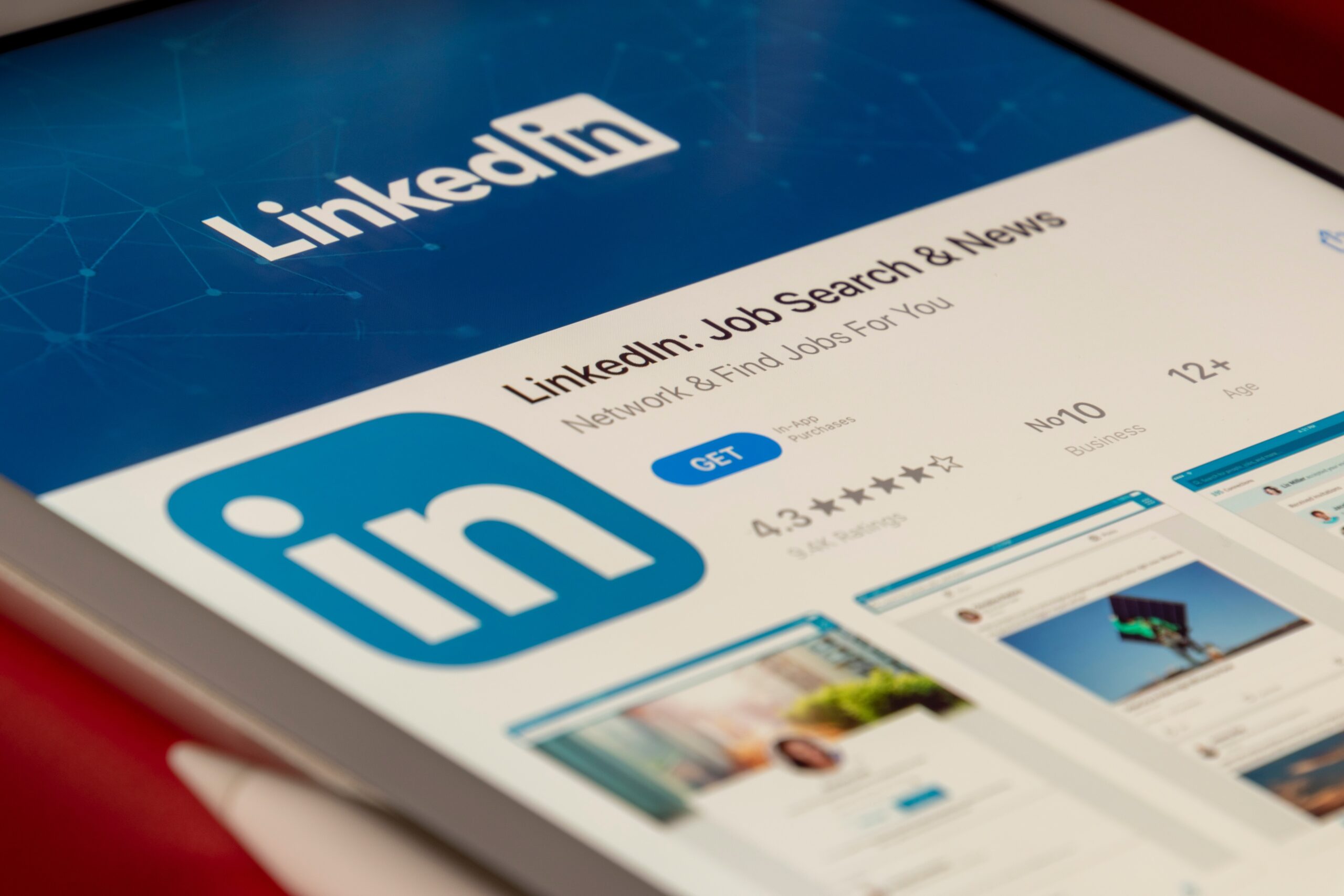Most executives understand the benefits of maintaining an active presence on LinkedIn – it creates awareness for their business, positions them as trusted experts, and drives employee engagement and attraction just to name a few.
Still, most struggle to build a compelling and consistent presence. Of course, a big hurdle is lack of time but an even greater hurdle is: they simply don’t know what to post.
In most cases, executives land on the safe space of posting brand content – news, awards, events, etc.
And while that’s perfectly fine, it lacks one key component – talking about your brand exclusively doesn’t provide much value or benefit to your audience.
Sure, people might be happy for you and engage with your content if you’re sharing some exciting news about your company, but ultimately, they haven’t taken away anything meaningful from your content.
The 80/20 Rule
A useful rule in any effective content marketing strategy is the 80/20 rule.
80% of the time, you want to give free value to your audience. Share insights, show them something new, help them solve an issue they might have.
Giving your audience value has many benefits: it generates trust, helps demonstrate your expertise, and drives engagement for your content, therefore expanding your reach.
But the most critical benefit of them all: it positions you as an attention-worthy person.
When people find consistent value in your content, they are much more likely to pay attention to your posts – even those that focus on you and your company.
That’s where the other 20% comes in.
20% of the time, you want to post content that captures value from your audience. That’s when you want to share things like brand news, achievements, or even pitch your service in subtle ways.
Because people now trust you and are paying attention to your content, they’re far more likely to receive those more salesy posts enthusiastically.
After all, it’s easy to keep people engaged if they’ve been learning new things about their industry each and every week.
Structuring your content pillars
The easiest way to structure a content strategy is following a content pillar model.
In simple terms, choose 3-4 key content topics that will help position you as an expert and post content on those subjects weekly.
A good way to choose your content pillars is as follows:
- 1x content pillar related to your industry or domain: e.g. digital transformation, digital marketing, blockchain, insurance, financial services, etc.
- 1x content pillar related to your role: e.g. marketing, financial management, people management, etc.
- 1x content pillar related to your company’s culture or leadership style: e.g. hybrid working, diversity and inclusion, empathetic leadership.
- 1x content pillar related to your personal professional passion points: e.g. mental health, productivity, creativity, etc.
Each of these content pillars aspired towards different goals.
Your domain content pillar gives you a forum for discussing key trends and news in your industry, which no doubt your audience will find relevant, especially coming from you.
Your role-focused content pillar allows you to position yourself as a thought leader in your area of expertise, which helps increase your credibility and drive trust.
Your company culture pillar helps showcase the positive things your business is doing internally, showing your network the type of leader and employer you are.
The personal content pillar brings a bit of humanity into the strategy, showcasing the things that matter to you outside business.
Putting your content pillars into action
Once you’ve defined your content pillars, posting content becomes much easier. The idea is to talk about each of the content themes at least once per week.
For example:
- Monday: you might share an article discussing an important innovation or trend happening in your space, along with your thoughts and insights on why it’s important.
- Tuesday: you might share some tips on your area of expertise, providing your network with some free value.
- Wednesday: you might share an inspiring video or quote from a leader you admire.
- Thursday: you might share a picture of yourself walking to work as a mental health exercise, or any other personal post showcasing what matters to you.
- Friday: you might share the latest blog or customer success story from your company.
Once the pillars are defined, the possibilities for posts are endless. You can share articles, podcasts, videos or infographics. You can write standalone native posts. You can share original pictures or videos, and so on.
Consistency is key
If you’re serious about becoming more active on LinkedIn, understand that most of the benefits come from consistent posting.
Even posting once or twice per week can do wonders for your reach and engagement – as long as you maintain that cadence.
If you want help crafting your social media strategy and developing content, Qnary works with hundreds of executives worldwide across countless niches and verticals. We’re experts in developing social media content for executives, offering a complete solution – from strategy to content development, scheduling and posting.
We’re offering a complimentary social media and digital presence analysis to senior executives who are looking to enhance their digital presence and become more active on social media. It includes an analysis of your existing profiles, as well as recommendations on how to optimise your profiles and a recommended content strategy.
If interested, please book with us on qnary.com


 Qnary is an award-winning professional reputation management and talent branding solutions company. The Company was listed as one of the 5000 fastest-growing enterprises by Inc. magazine and was also listed as one of the 360 best companies by Entrepreneur magazine in 2018, 2019, 2020, & 2021. Qnary has regional headquarters in New York City, Barcelona and Sydney.
Qnary is an award-winning professional reputation management and talent branding solutions company. The Company was listed as one of the 5000 fastest-growing enterprises by Inc. magazine and was also listed as one of the 360 best companies by Entrepreneur magazine in 2018, 2019, 2020, & 2021. Qnary has regional headquarters in New York City, Barcelona and Sydney.